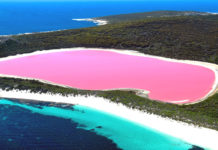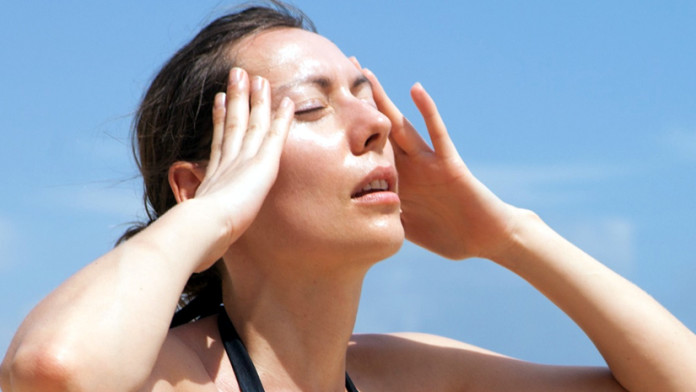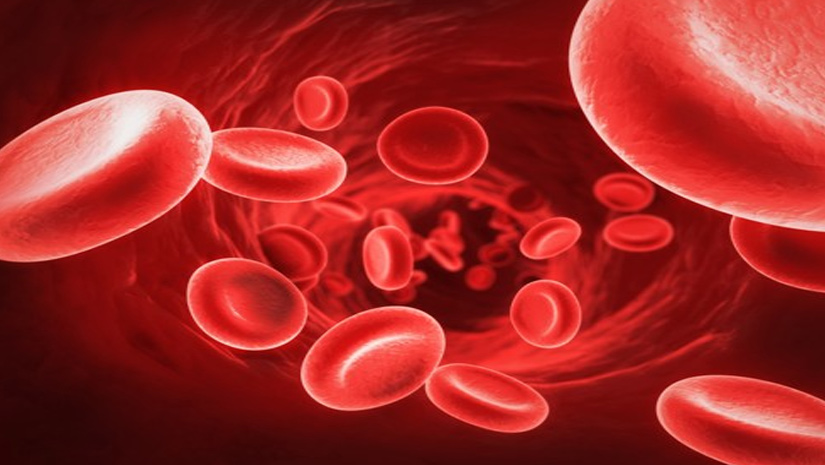Tanning and sun-burns are not the only bane of summer season, according to a study, your headache jumps 8% each time the temperature climbs nine degrees. Heat causes the blood vessels in your skull to expand and press up against surrounding nerve endings, creating a throbbing headache. Hence, even a normal blood flow feels like a hammer, hammering our heads.
Types of Headaches:
Tension Headaches :
 These headaches feel like a giant rubber band wrapped around your brain, strike up to 15 times a month in summer. They result from stiffness in your neck, forehead, scalp, and face. Anything from stress to fatigue can get one going.
These headaches feel like a giant rubber band wrapped around your brain, strike up to 15 times a month in summer. They result from stiffness in your neck, forehead, scalp, and face. Anything from stress to fatigue can get one going.
Treat them: OTC painkiller—aspirin/acetaminophen/ ibuprofen—at the first sign of tightness. You can also try massaging a muscle-relaxing lidocaine-based gel on your shoulders and neck.
Sinus Headaches
 Anything that irritates your sinuses, such as a cold, allergy, malodorous cologne can inflame them, causing a painful pounding pain around eyes. And sinus infections can make things worse.
Anything that irritates your sinuses, such as a cold, allergy, malodorous cologne can inflame them, causing a painful pounding pain around eyes. And sinus infections can make things worse.
Treat them: Lay a warm damp cloth over your eyes to relieve inflammation, and use an OTC nasal spray to knock out congestion. If symptoms last longer than four days, see your doctor.
Migraines
 Migraines can be triggered by a variety of stimuli—stress, bright light, too much or too little sleep, hunger, and hormonal fluctuations. The resulting nerve pain leads to a piercing sensation that lasts anywhere from four hours to three days.
Migraines can be triggered by a variety of stimuli—stress, bright light, too much or too little sleep, hunger, and hormonal fluctuations. The resulting nerve pain leads to a piercing sensation that lasts anywhere from four hours to three days.
Treat them: OTC painkillers has little effect. An ice pack can offer some relief, but most sufferers use prescription meds. They’re most effective if taken at the first sign of pain.
 Another primary reason for summer headaches are when the body loses water due to dehydration and is not replenished, it causes headaches. Dehydration can also trigger migraines so it is a good idea to drink enough water. Both adults and children should drink 8 to 10 glasses of water a day.
Another primary reason for summer headaches are when the body loses water due to dehydration and is not replenished, it causes headaches. Dehydration can also trigger migraines so it is a good idea to drink enough water. Both adults and children should drink 8 to 10 glasses of water a day.
By: Archa Dave




























